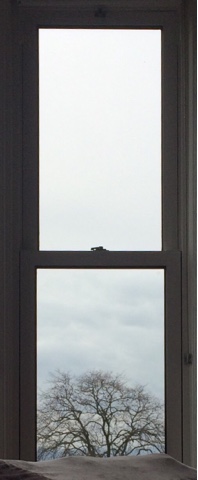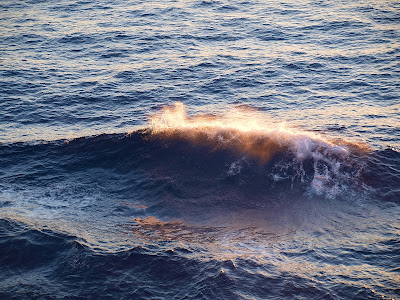Here on Landscaping Your Life (LYL) we love a good metaphor, and certainly one where we can go to nature and explore what the words mean in that context, before then applying it back to our lives.
That is, we need to discover:
- Is the climate in nature hard to change?
- If we could, would we want to change the climate?
- How would we change it positively, or negatively?
- How this applies to the climate of our mind (remembering to do this only once we've fully explored the answers to the above questions).
The statement however, wasn't about the weather in our mind, it was about the climate of our mind.
To find out the difference I looked to NASA to help:
"The difference between weather and climate is a measure of time. Weather is what conditions of the atmosphere are over a short period of time, and climate is how the atmosphere "behaves" over relatively long periods of time.....In most places, weather can change from minute-to-minute, hour-to-hour, day-to-day, and season-to-season. Climate, however, is the average of weather over time and space. An easy way to remember the difference is that climate is what you expect, like a very hot summer, and weather is what you get, like a hot day with pop-up thunderstorms."
Hmmmm ... I'm thinking the difference between expectations and reality is the topic for another blog.
With that understanding, let's consider the 4 questions I outlined at the start:
- Is the climate in nature hard to change: the location can't change its climate itself - it's done to it as a result of external factors such as "biotic processes, variations in solar radiation received by Earth, plate tectonics, volcanic eruptions, certain human activities and even meteorites."
- If we could, would we want to change the climate: there could certainly be reasons to want to change the climate for a location due to unfavourable conditions. The challenge comes in defining 'unfavourable' conditions, and understanding how that impacts other locations. Which means we may decide we can only change the climate for a location so long as it doesn't negatively impact another locations' climates, or perhaps more importantly it doesn't negatively impact the long term sustainability of the planet. Which provides an additional reason to change the climate, when the long term sustainability of the planet is under threat due to the current global climate.
- How would we change it positively, or negatively: by making changes to the "biotic processes, solar radiation, plate tectonics, volcanic eruptions and human activities." The key being to understand what factors we have control over, and to then identify which changes we are able to make that will have a positive outcome, and which will have a negative outcome.
Which leads us to explore our answer to the final question:
- How the above exploration applies to changing the climate of our mind: For me the key is determining the need to change the climate. We certainly have the ability to make changes but taking action requires us to understand the reason for change, and be motivated enough to take the necessary action. We need help, it seems, to understand the impact on our long term sustainability of our current mind set. Once we've done that, the easy part comes in determining what action to take! The same goes when we're trying to change others' climates - we could try to enforce change by changing some of the external factors but we don't have as much control over the outcome as we when we simply persuade the mind of the need for its own evolution.
As ever, the person to whom this exploration will make the most sense is the person who used the words. Unless anyone reading this can fully relate to the words, our assessment of the outcome will at best be an estimation (hmmm ... that links back to the climate being an estimation, and the weather being what we get. So perhaps we would have got more insight from working with 'the weather of our mind'!)
I wonder what I might be missing - I'd love to know your thoughts on how we can learn from climate change in nature, and relate it to climate change in our minds. Do please leave your comments below.
Alison Smith
Landscaping Your Life
Inspiring Change Inside and Out
Not sure why but the exploration above reminds me of a post I wrote entitled "is an integrated landscape possible" Perhaps because at some level, whilst the exploration has been less satisfying than I'd hoped, it feels like there's a kernel of an idea there that's alluding me - and it feels like quite a big idea! Help much appreciated.




































































